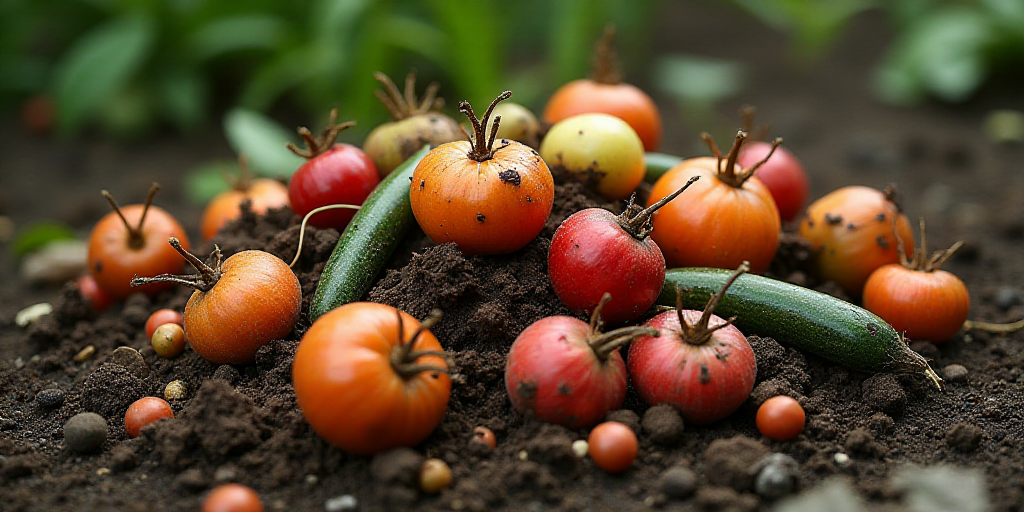Introduction
While 23.4 million Mexicans face food insecurity, the country discards 13.4 million tons of food annually due to ineffective policies, commercial uncertainty, and an industry unable to adapt swiftly. This paradoxical situation places Mexico among the leading generators of food waste in North America, second only to the United States. However, without addressing underlying economic and structural causes, this figure could rise further.
The Paradox of Food Waste and Insecurity
Braulio Valenzuela, Country Manager in Mexico of Cheaf, a startup focused on food recovery, explains: “During uncertain times, consumption slows down. Companies react cautiously, reducing purchases and adjusting inventories, but often cuts are made after food has already been produced, transported, and stored. If it doesn’t sell on time, it gets wasted.”
- Economic Factors: Inflation and tariffs complicate supply chains, increasing the cost of imported goods and adding to the instability.
- Consumer Behavior: Uncertainty about prices and product availability leads consumers to spend less, creating a ripple effect that delays purchasing decisions and contributes to food waste.

The Silent Impact of Tariffs
Though tariff discussions occur in negotiation rooms, not kitchens, their consequences are felt in refrigerators. Trade barriers create uncertainty about the price or availability of ingredients, affecting food industry planning.
Valenzuela elaborates: “Uncertainty about prices or availability due to trade policy makes consumers hesitant, leading them to spend less. This creates a domino effect; retail and the food industry adjust late, and that’s when waste skyrockets. This logic affects both the U.S. and Mexico, where outdated inventories, incorrect projections, and a lack of infrastructure for donating or redistributing food exacerbate the problem.”
Millions Lack Food, Tons Go to Waste
In Mexico, 23.4 million people experience some level of food insecurity, unable to eat adequately due to financial constraints, limited access, or social conditions. Simultaneously, tons of edible food are discarded because they weren’t sold in time.
Most waste occurs during commercialization and consumption stages. In supermarkets, restaurants, hotels, and homes, food is discarded due to unsold items, poorly managed surpluses, or simple consumption habits.
Although many Mexican consumers have started reducing food waste at home as a cost-saving measure—a trend also observed in the U.S. (Deloitte)—individual efforts are insufficient.
“Individual actions will serve little if authorities and food commercialization businesses don’t collaborate to promote food donation and recovery,” advises Valenzuela.
The Role of Food Recovery Initiatives
In this context, initiatives like Cheaf become crucial. This app connects food businesses with consumers interested in purchasing surplus items at low cost, under the concept of “mystery bags.” In this way, products destined for the trash find a new purpose on someone else’s table.






